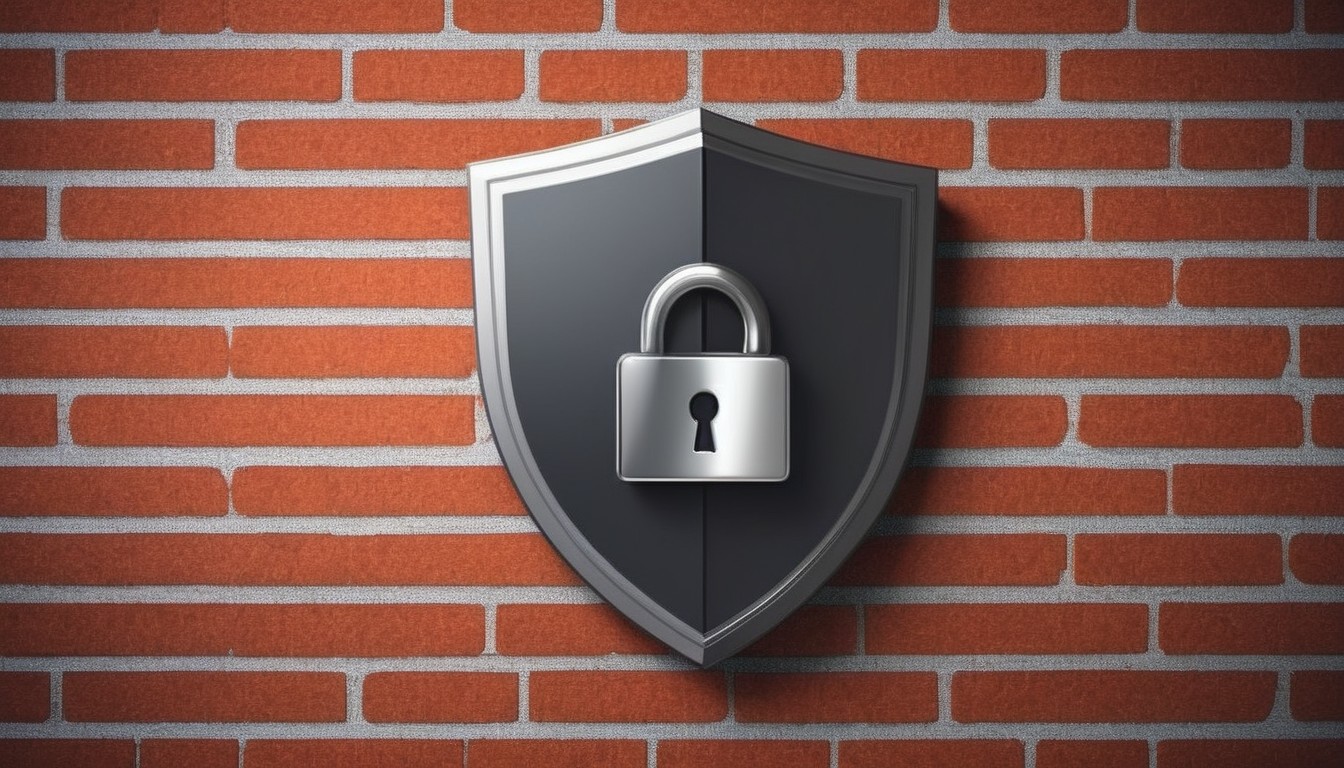Firewalls stand as the first line of defense, protecting networks from unauthorized access and potential threats. Effective firewall logging is not only crucial for identifying and mitigating security incidents but is also a cornerstone for meeting compliance requirements. SafeNet, a leading cybersecurity company, places a strong emphasis on firewall logging best practices to ensure that organizations can bolster their security posture while adhering to regulatory standards. In this blog post, we explore the key best practices recommended by SafeNet for firewall logging to enhance both security and compliance.
- Centralized Logging with SafeNet Firewalls: SafeNet Firewalls support centralized logging, allowing organizations to aggregate log data from various firewall instances into a centralized repository. This centralized approach simplifies the monitoring and analysis of logs, providing a comprehensive view of network activity.
- Real-time Logging and Alerts: SafeNet encourages organizations to configure firewall logging for real-time monitoring. By setting up alerts for specific events or patterns, cybersecurity teams can promptly respond to potential security incidents, minimizing the impact of threats.
- Granular Logging for Detailed Analysis: SafeNet Firewalls provide the option to enable granular logging for specific events and actions. Organizations should tailor their logging settings to capture detailed information, facilitating in-depth analysis during security investigations and ensuring compliance with auditing requirements.
- Regular Log Reviews and Analysis: Establishing a routine for reviewing and analyzing firewall logs is essential. SafeNet recommends regular assessments of log data to identify patterns, anomalies, or potential security risks. This proactive approach helps organizations stay ahead of emerging threats and ensures a timely response to incidents.
- Log Retention Policies: SafeNet emphasizes the importance of defining and implementing log retention policies. Organizations should strike a balance between retaining logs for an adequate period to meet compliance requirements and managing storage efficiently. SafeNet Firewalls allow for flexible log retention configurations.
- Integration with SIEM Solutions: SafeNet Firewalls seamlessly integrate with Security Information and Event Management (SIEM) solutions. This integration enhances the overall security posture by providing a centralized platform for correlating and analyzing log data, enabling a more holistic view of the network.
- User Activity Logging: To ensure accountability and meet compliance standards, SafeNet recommends logging user activities. This includes tracking user logins, access attempts, and changes to firewall policies. User activity logs contribute to forensic investigations and compliance audits.
- Regular Firmware and Logging Configuration Updates: SafeNet encourages organizations to stay up-to-date with the latest firewall firmware and logging configurations. Regular updates ensure that the firewall remains resilient against evolving threats, and any improvements in logging capabilities are leveraged for enhanced security and compliance.
In the dynamic landscape of cybersecurity, firewall logging serves as a cornerstone for effective threat detection, incident response, and compliance adherence. SafeNet Firewalls, with their robust features and capabilities, provide organizations with the tools necessary to implement best practices in firewall logging. By centralizing logs, enabling real-time alerts, and fostering a proactive approach to log analysis, organizations can elevate their security posture while meeting the stringent requirements of compliance standards. With SafeNet at the helm, organizations can confidently navigate the ever-evolving cybersecurity landscape, ensuring the protection of their networks and the integrity of their data.





